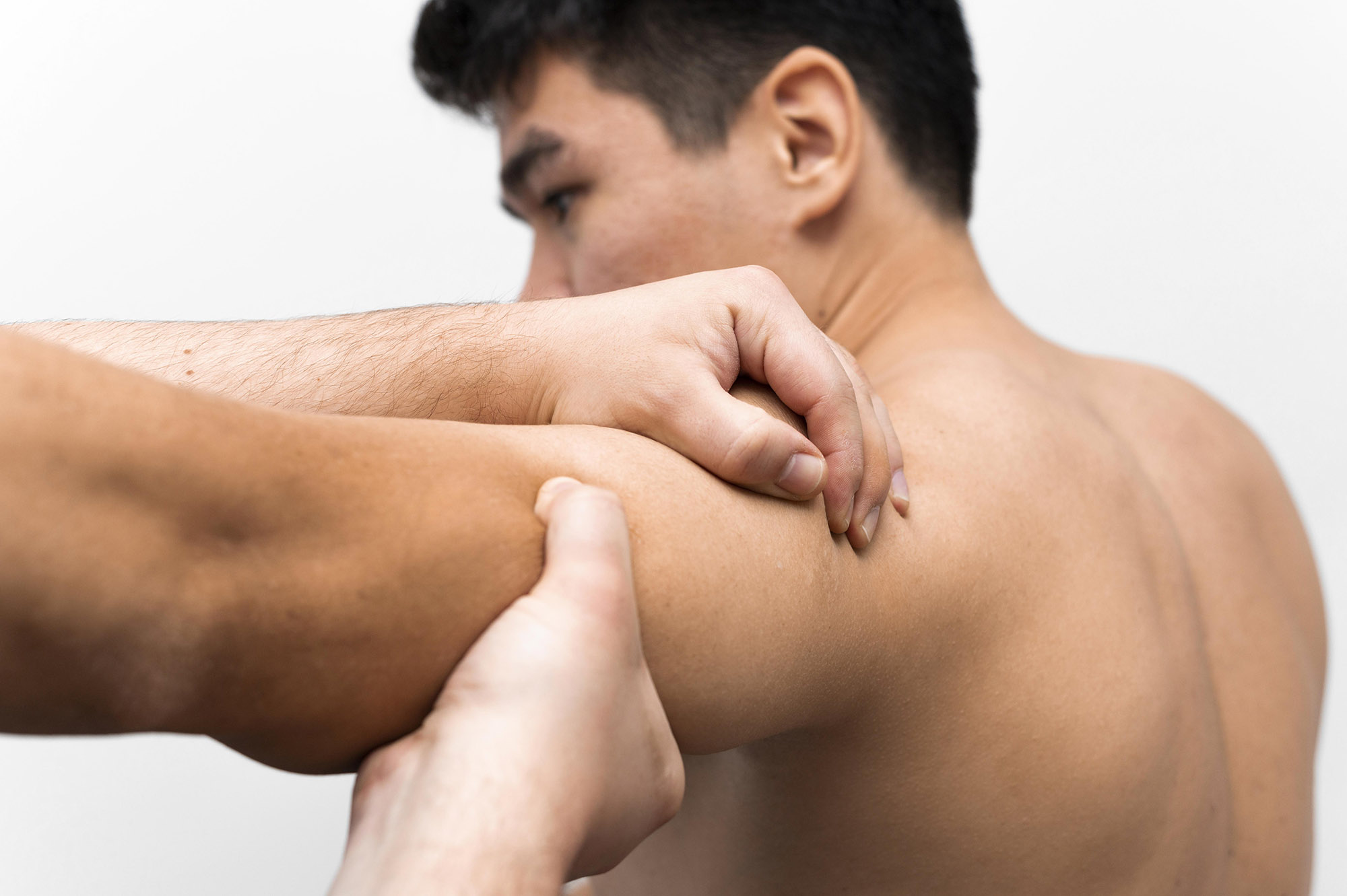Rotator cuff tears are among the most common shoulder injuries. Some heal with rest, over-the-counter anti-inflammatory medications and physical therapy.
However, some rotator cuff tears will require surgical intervention. Depending on the type of tear you have, your orthopedic surgeon will perform either traditional open surgery or arthroscopic rotator cuff surgery.
How do rotator cuff injuries happen?
The rotator cuff is a group of muscles and tendons that surround the shoulder joint. It effectively holds the upper arm bone in the shoulder joint and allows you to move your arm up, down, back and forth. Over time, the rotator cuff can tear due to repetitive use. As you use your arm, the tendons and muscles sometimes break down eventually causing pain and decreased range of motion. This is called a chronic rotator cuff tear.
Acute tears occur as a result of traumatic injuries such as a fall or lifting a heavy object. These tears are usually quite painful immediately after the injury and may occur in conjunction with a broken collarbone, dislocated shoulder or another injury.
Is surgery always required?
In short, no. Some rotator cuff tears can be treated conservatively using physical therapy, anti-inflammatory drugs, rest, ice and lifestyle modifications. However, some people will require surgical intervention, including:
- Those whose symptoms don’t get better with physical therapy and conservative treatment.
- Athletes who experience an acute injury.
- People who must frequently reach over their heads for work, such as painters and carpenters.
- Anyone who has changes on x-rays or MRIs that indicate further shoulder damage could occur as a result of the rotator cuff tear.
What is arthroscopic rotator cuff surgery?
If surgery is required, your surgeon may choose arthroscopic rotator cuff surgery. This technique allows your surgeon to evaluate and repair the tear using a few very small incisions instead of one large incision.
A half-inch long incision is made so a small camera can be inserted into the joint, allowing the surgeon to see the damaged areas. Additional incisions are made to accommodate surgical tools that are used to repair the damage. Plastic screws and sutures may also be utilized to repair the tear.
What to expect from arthroscopic rotator cuff surgery
To qualify for this type of surgery, you must be in good health and able to undergo general anesthesia. The anesthesiologist will help you go to sleep so you don’t feel or remember anything. You may also receive a nerve block to help with post-surgical pain control.
Shoulder arthroscopy is typically done as an outpatient procedure, meaning you won’t have to spend the night in the hospital. Instead, you’ll go home to recover.
Will you have post-surgical discomfort?
You should expect some discomfort following surgery. Ice packs, pain-relieving medications and rest will help your recovery process. Sleeping may be difficult for several weeks after surgery. Some patients find it more comfortable to sleep propped up on pillows or in a recliner.
How long does recovery take?
Recovery times are different for everyone, but the process is relatively similar. The first step is managing your post-operative pain so you can focus on regaining the use of your arm.
Next, since your arm will be immobilized in a sling for four to six weeks after surgery, you’ll need to learn how to carry out your daily activities using only one arm. Finally, you’ll work with a physical therapist to strengthen the area and regain motion.
In general, full recovery takes four to six months, but it may be longer before you’re cleared to lift heavy objects.
Preventing future injuries
After recovery, you’ll need to take care to avoid reinjuring the rotator cuff. Continue the exercises you learned in physical therapy to keep the shoulder strong. Consider asking for help when lifting heavy objects, and if your shoulder feels sore, stop what you’re doing.


